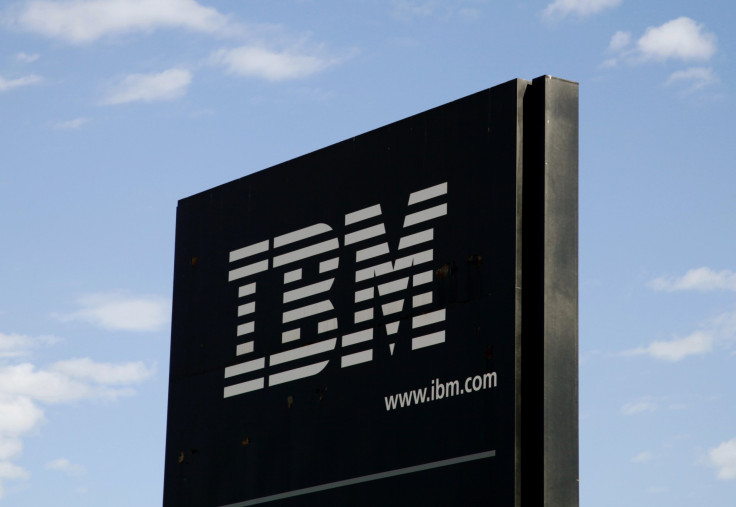IBM Creates Cognitive Chip That Mimics Human Brain

In an announcement that is being hailed as a major step toward developing “brain-like” supercomputers, IBM (NYSE:IBM) on Thursday unveiled the world’s first “neuro-synaptic” computer chip, which mimics the human brain in its computing abilities.
In an article published in the journal Science, IBM researchers said that the TrueNorth chip -- a second-generation chip developed as part of IBM’s cognitive-computing program called Systems of Neuromorphic Adaptive Plastic Scalable Electronics, or SyNAPSE -- was modeled after the human brain and crams supercomputer-like powers into a microprocessor the size of a postage stamp.
“I’m holding in my hand a new machine for a new era,” lead researcher Dharmendra Modha told GigaOM -- a technology news blog. “When we started the SyNAPSE project many people thought it was impossible...this could open up a whole new frontier of scientific exploration and commercial exploitation.”
Unlike today’s processors, which function on brute-force mathematical calculations based on legacy architecture dating back to 1945, TrueNorth is said to have been designed to mimic the way human brains recognize patterns, relying on densely inter-connected webs of transistors similar to the brain’s neural networks. As a result, the company claims, the processor can understand its environment, handle ambiguity, and take decisions and actions in real time and context.
TrueNorth reportedly integrates over 5.4 billion transistors, which is the most IBM has ever put in a chip, and consumes just 70 milliwatts of power -- a fraction of what's used by present-day conventional processors.
IBM also said that the chip features one million programmable “neurons” and 256 million “synapses,” making it, in essence, a miniaturized and primitive version of the human brain. In comparison, the human brain contains over 100 billion neurons and 100 trillion to 150 trillion synapses.
“The architecture... has the potential to revolutionize the computer industry by integrating brain-like capability into devices where computation is constrained by power and speed,” Modha said, in an article published on the IBM website.
Although TrueNorth is still in the development stage and IBM has not yet announced when it would be available to the public, Modha said that the chip’s brain-like nature could be exploited to create devices that process “high-dimensional, noisy sensory data in real time.”
“Think smart phones, sensor networks, self-driving automobiles, robots, public safety, medical imaging, real-time video analysis, signal processing, olfactory detection, and digital pathology...in addition, our chip can be used in combination with other cognitive computing technologies to create systems that learn, reason and help humans make better decisions.”
© Copyright IBTimes 2024. All rights reserved.












